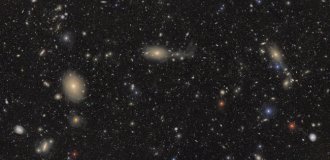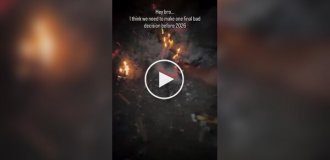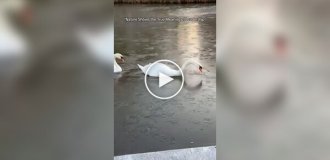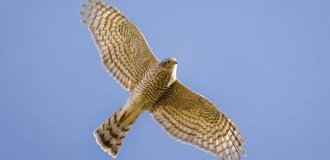New images from the Hubble Space Telescope allowed NASA scientists to see the mysterious spots on the rings of Saturn. The researchers admit that they are not seeing them for the first time, but do not understand that they caused. 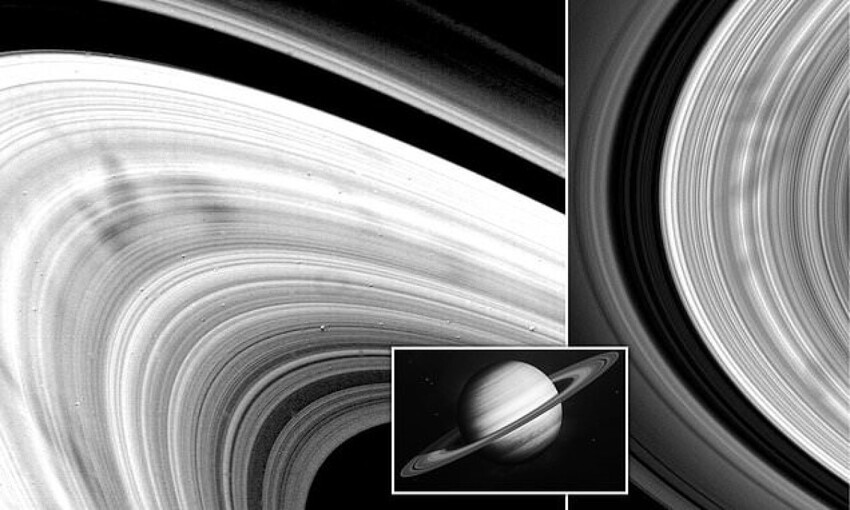
The rings of Saturn are one of the most magnificent sights in solar system. But, according to the observation of scientists, approximately every 15 years from strange things happen to them. This time, new images from Hubble Space Telescope revealed mysterious spots in the rings Saturn, signaling that the "spoke season" on the planet is in swing. 
The "season of spokes" is a mysterious phenomenon called because dark and light marks on the rings of Saturn resemble knitting needles on bicycle. What causes the spoke stains is unknown, but experts hope that the latest data from the Hubble telescope will enable more detailed study this phenomenon. 
The spots appear only in the years preceding and following behind the equinoxes on the sixth planet from the Sun, that is, in spring and autumn in Saturnian year. 
Autumn equinox for Saturn's northern hemisphere May 6, 2025, but marks tend to start showing up four years before, so Hubble was already able to see them now. NASA experts want to know why they only appear seasonally, and what makes them disappear and reappear at certain times of the year according to Saturnian reckoning. Since Saturn is much farther from the Sun, than Earth, its year is noticeably longer. Saturn takes 29 years to make a revolution around our star, while each of its seasons last about seven years. “Thanks to the OPAL program, which creates an archive of data on the outer planets of the solar system, we will have more time to explore the spokes of Saturn this season than ever before,” said NASA planetary scientist Amy Simon. 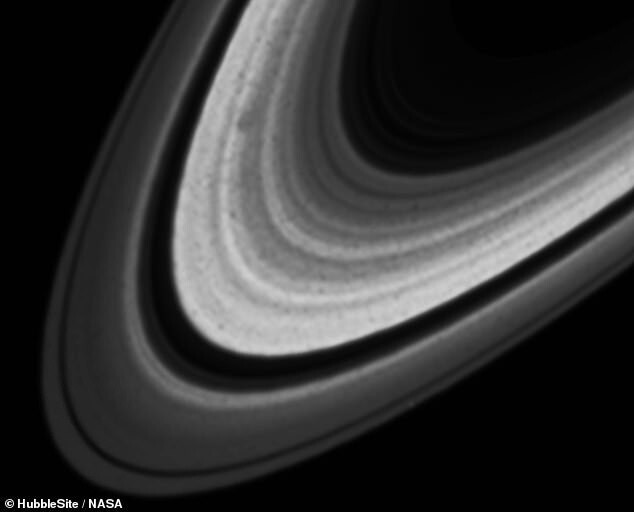
Saturn's last equinox occurred in 2009 when NASA's Cassini spacecraft was still orbiting the planet, making reconnaissance at a short distance. The Cassini mission ended in 2017, but the Hubble telescope continues to track any changes on Saturn and other outer planets. "Despite the years observations of the Cassini mission, the exact start and duration of the season spokes are still unpredictable, like the prediction of the first storm in hurricane season,” Simon added. 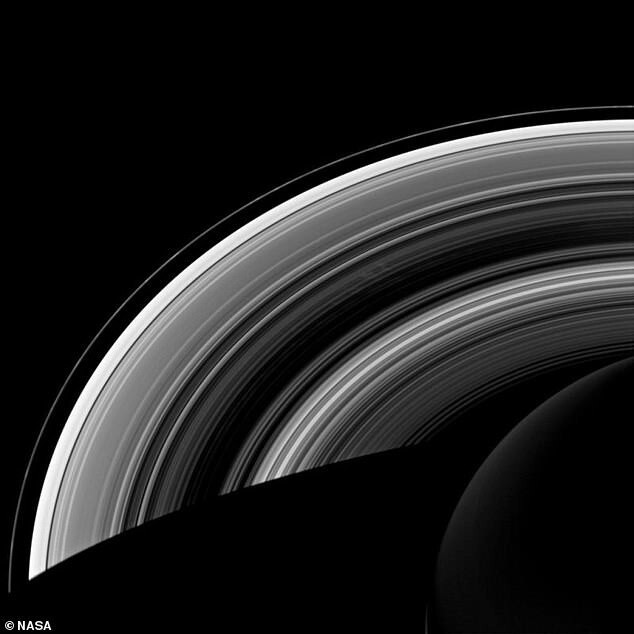
Ring spokes were first discovered by two NASA probes Voyager that flew past Saturn in 1980 and 1981. Further analysis revealed even more oddities. Yes, there are needles. far from always, and at the same time they usually appear dark on top and light from below. The Cassini probe in 2004 found that the spokes were not called gravitational interaction with Saturn, its satellites or small space objects that make up the rings of the planet. A year later, scientists stated that the spokes were probably related to Saturn's magnetic field, which gave rise to many theories of this process. So, according to one of the versions, charged dust particles suspended above and below the rings, interact with the planet's magnetic field, causing them to separate from ice blocks in rings and levitate separately. It is also possible that the solar wind interacts with Saturn's magnetic field, creating electrically charged environment, which causes dust particles stick together electrostatically, forming denser spots in the rings. So far, however, it is not clear whether any of these theories are correct, and why this is. the phenomenon is seasonal, so scientists hope that the data Hubble telescope over the next few years will help unravel the mystery. The famous telescope participates in the program of observations of distant planets of the solar system. It is the data of this Outer Planet program Atmospheres Legacy (OPAL) team of researchers used to search for reasons for the appearance of spokes. So, in September 2022, scientists tracked knitting needles for 11 hours, confirming as a result that the "knitting season" really started. 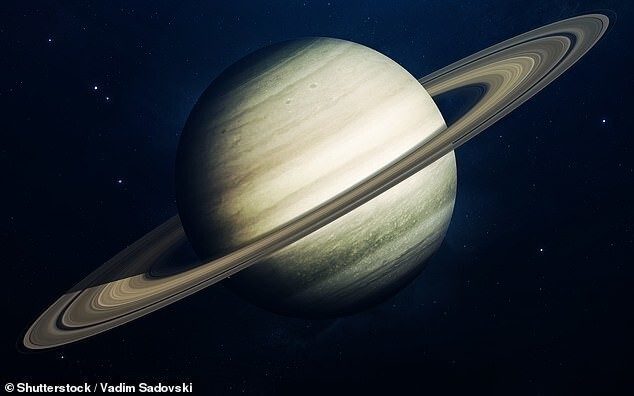
Add your comment
You might be interested in:

